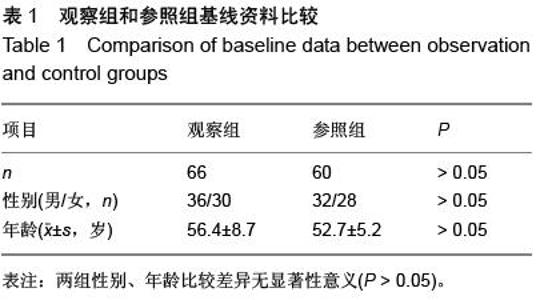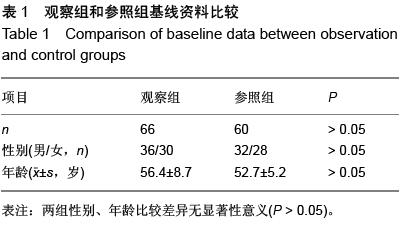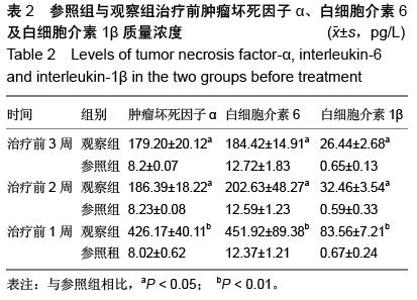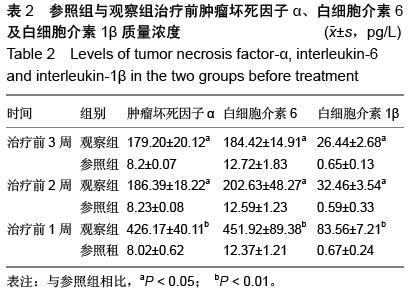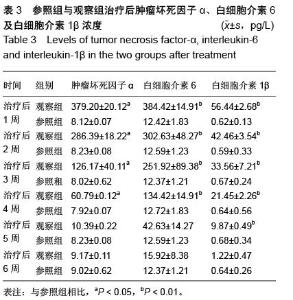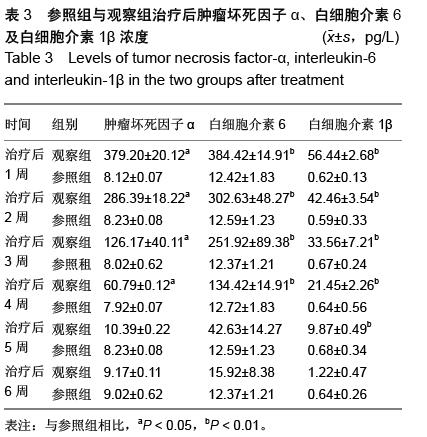| [1] 赵伟峰,李波,周焯家,等.退行性腰椎侧凸的临床特点及手术疗效观察[J].重庆学,2013,6(21):2481-2483.
[2] 丁文元,郭召,申勇,等.后路有限减压、固定、融合治疗退行性腰椎侧凸合并椎管狭窄症[J].中华骨科杂志, 2012, 30(3): 232-236.
[3] 孙志明,赵栋,邓树才,等.成人退行性腰椎侧凸的术式选择与疗效分析[J].中华医学杂志,2013,89(17):1166-1170.
[4] 丁文元.退变性腰椎侧凸病因和发展因素分析及手术治疗策略[D].河北医科大学,2012.
[5] 谢冬晓.退变性腰椎侧凸两侧椎旁肌退变及其相关因素分析[D].河北医科大学,2013.
[6] 王杰锋,李广润,聂锋,等.CT分析退行性腰椎侧凸伴椎体侧方滑脱的解剖学变化[J].中国组织工程研究与临床康复,2012,14(39):7311-7314.
[7] 刘辉,希腊本大,郑召民,等.腰椎间盘退变与脊柱-骨盆矢状面平衡的相关性[J].中华医学杂志,2013,93(15): 1123-1128.
[8] Hosogane N,Watanabe K,Tsuji T,et al.Serum cartilage metabolites as biomarkers of degenerative lumbar scoliosis. J Orthop Res. 2012;30(8):1249-1253.
[9] Li FC, Chen QX, et al.Posterolateral lumbar fusion versus transforaminal lumbar interbody fusion for the treatment of degenerative lumbar scoliosis. J Clin Neurosci. 2013 ; 20(9):1241-1245.
[10] Kim HJ,Chun HJ,Kang KT,et al.A validated finite element analysis of nerve root stress in degenerative lumbar scoliosis. Med Biol Eng Comput. 2009;47(6): 599-605.
[11] Tsutsui S,Kagotani R,Yamada H, et al.Can decompression surgery relieve low back pain in patients with lumbar spinal stenosis combined with degenerative lumbar scoliosis?. Eur Spine J. 2013;22(9):2010-2014.
[12] Brodke DS, Annis P, Lawrence BD, et al.Reoperation and Revision Rates of 3 Surgical Treatment Methods for Lumbar Stenosis Associated With Degenerative Scoliosis and Spondylolisthesis.Spine.2014; 38(26): 2287-2294.
[13] 陈寿权.醒脑静对家兔脑缺血-再灌注时TNF、IL-1、IL-6水平及脑超微结构影响的实验研究[J].中国急救医学, 2012,20(11): 637-639.
[14] 丁永忠,孙群周,张建生.急性颅脑损伤后血清TNF,IL-1, IL-6,IL-8含量变化及其临床意义[J].中国临床神经外科杂志, 2012,11(01):17-19.
[15] 古妮娜,张丹,罗丽,等.CGA衍生多肽CHR抑制TNF -α引起的血管内皮细胞高通透性的研究[J].中国急救医学, 2014,12(8):747-751.
[16] 邰炜彦,王蓓蕾.血清中IL-6、IL-8及TNF-α水平与高血压致急性脑梗死损伤的相关性[J].中华神经医学杂志, 2012,11(3):269-272.
[17] 张蓉,单虎,刘欣,等.脱氧胆酸对人食管腺癌细胞TNF-α、IL-8和IL-6表达的影响及其机制[J].西安交通大学学报:医学版,2014,35(1):99-103.
[18] 潘昌如,刘会怡.胆汁及血清TNF-α和IL-6的在急性梗阻性化脓性胆管炎患者中的表达及意义[J].中国实验诊断学, 2015,16(1):62-64.
[19] 贺延雷.TNF-α、IL-1β和IL-6在退变性腰椎侧凸发病中的表达及意义[D].河北医科大学,2013.
[20] 周晓薇,苗平,陈呢喃,等.抗人IL-6 Rβ(gp130)单克隆抗体对IL-6信号分子调控浅析[J].中国免疫学杂志,2014,8(5): 639-643.
[21] 虞玉英,胡克崇,徐慧芳,等.布地奈德联合孟鲁司特钠对慢性阻塞性肺疾病患者肺功能及血清中IL-6、IL-8和TNF-α的影响[J].中国生化药物杂志,2014,9(7):153-155.
[22] 肖时湘,韩涛,李岩,等.乙肝患者血清 TNF-α、IL-6、IL-10的水平及临床意义[J].中国实验诊断学,2014,4(8): 1283-1285.
[23] 梁秀云.类风湿性关节炎患者血清IL-6、TNF-α、CRP的水平变化及意义[J].海南医学,2012,23(4):85-87.
[24] 朱喜玲,胡微煦,吴梨华,等.抗TNF-α和IL-1βIgY抗体治疗豚鼠过敏性鼻炎机理研究[J].中国免疫学杂志, 2014, 36(10):1353-1359.
[25] 涂威,向勤,胡微煦,等.抗IL-1β和TNF-αIgY抗体治疗豚鼠过敏性支气管哮喘的机制[J].中国免疫学杂志,2014, 28(7):893-897.
[26] 郑为超,牛凯,赵永见,等.苦杏仁苷对IL-1β诱导后大鼠椎间盘软骨终板细胞凋亡的影响[J].中国药理学通报, 2014, 8(12):1734-1738,1739.
[27] 梁海梅,于化鹏,郑燕妮,等.NLRP3/IL-1β和IL-18在哮喘小鼠肺组织中的表达及与呼吸道炎症的关系[J].中华微生物学和免疫学杂志,2013,33(4):281-286.
[28] 刘仕成,贾飞勇,徐乃军,等.高压氧对孤独症大鼠行为及外周血IL-1β、IL-6和 IL-10水平的影响[J].郑州大学学报:医学版,2015,12(1):37-40.
[29] 黄金刚,童海骏,刘宏强,等.IL-1β和TNF-α对软骨细胞基质降解的影响及相关机制研究[J].上海交通大学学报:医学版,2013,30(9):1084-1089.
[30] 傅欣,林霖,张继英,等.骨性关节炎兔关节软骨、关节液细胞因子IL-1β和TNF-α变化的研究[J].中国运动医学杂志, 2012,26(6):709-713. |
